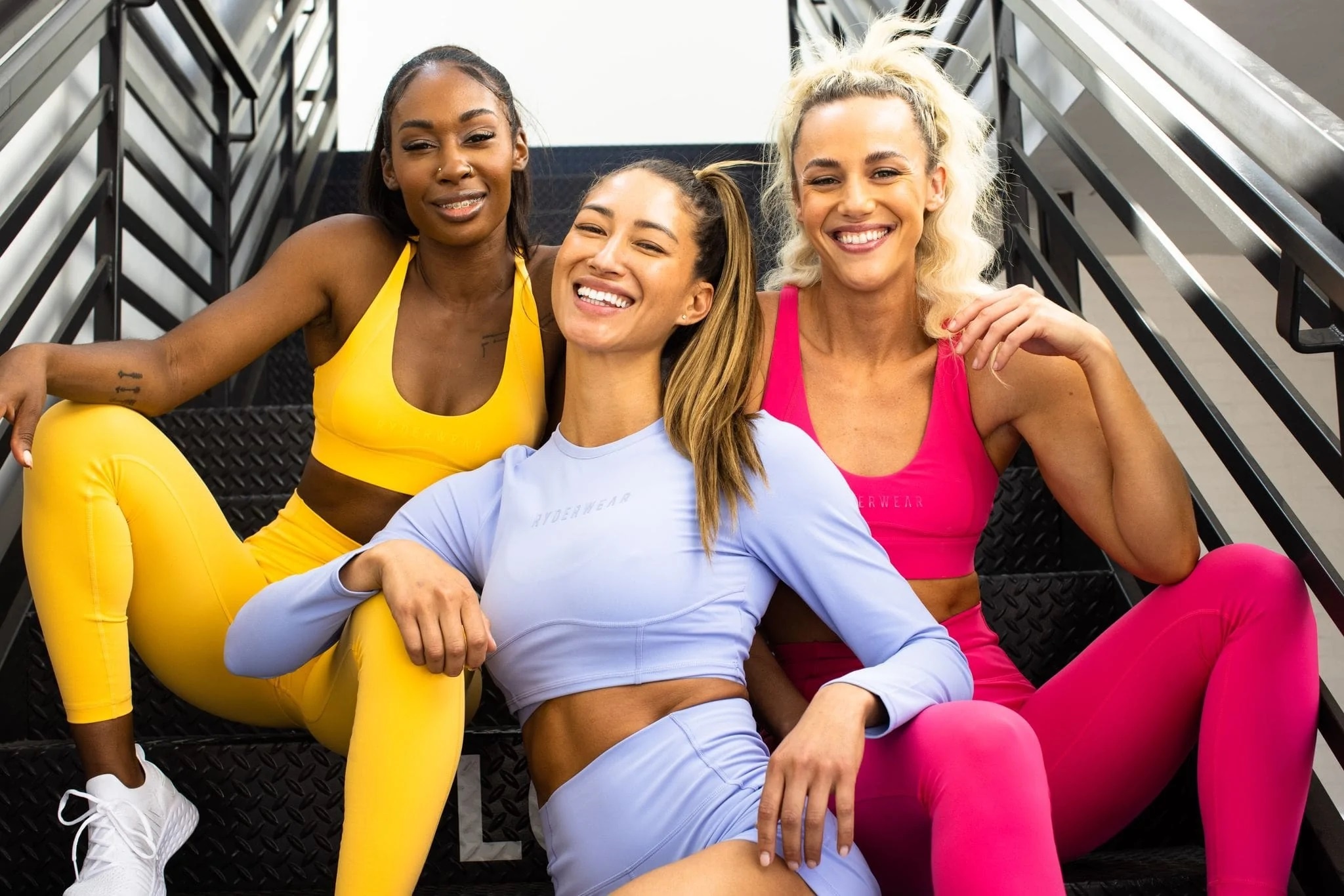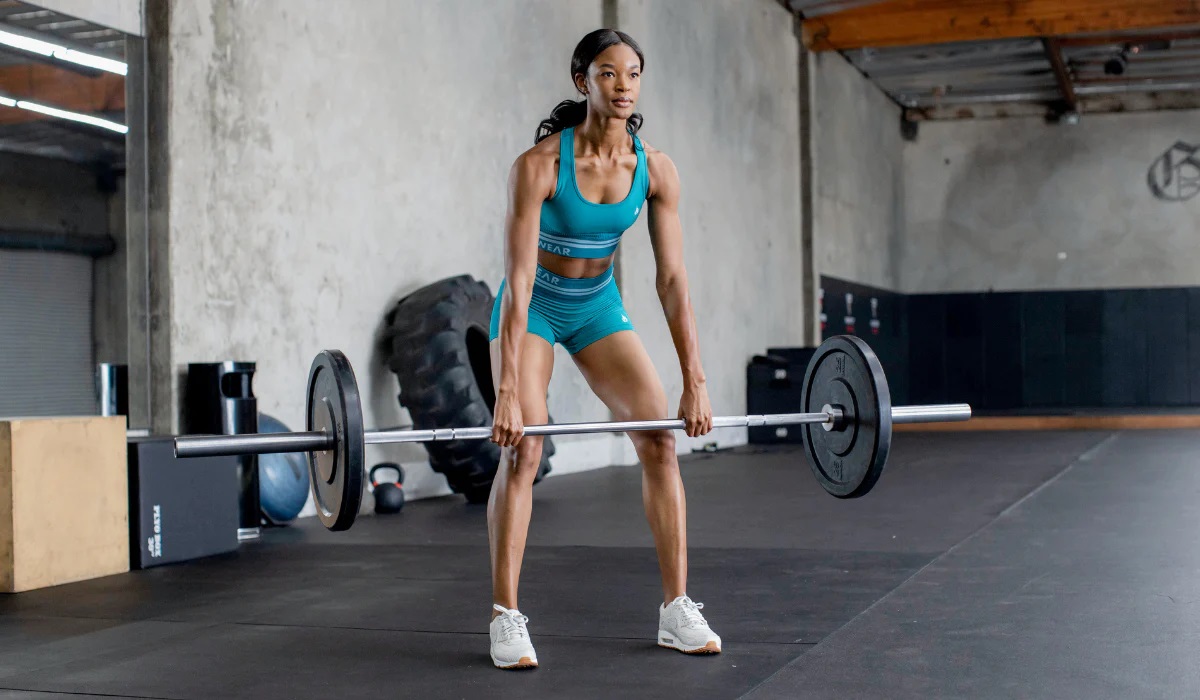You probably want to look good during your exercise but are more concerned about comfort. An uncomfortable cloth restricts your movement, and you are likely to quit your workout early.
Choosing a well-fitted appropriate athletic wear is as important as making your fitness goal. Perfect gym cloth does not mean it is do-it-all wear.
No workout cloth is workable for all exercises, so it should be activity specific. This does not mean you can not wear one type of attire for different activities.

The important thing is to consider the comfortability, season specificity, and a few more factors listed below.
Factor to consider while choosing workout cloth
Check the Comfortability
No one likes a shirt that rides up when you stretch your body. The tight sleeves of gym clothes restrict your movement, so choose the one that gives you comfort. Before buying, give the cloth a try. This is the only way to check comfortability. Stretch your body, lean forward, and perform the motions you did during the workout to check if the cloth is perfectly fitted.
Your clothes should not hinder your activity. While buying activewear, choose loose and comfortable gym clothing. If you are buying attire for bicycling or jogging, select shorts and fitted pants, respectively.
For yoga, select the stretchable fit attire that has wicking properties. Keep in mind, yoga and running pants are entirely different as they are made of variable fabrics, and both have different designs.
You will feel comfortable and enjoy your workout if you dress appropriately according to the activity.
Look for Wicking material
Wicking is the foremost property of gym cloth fabric. Wicking means the ability of the fibers to draw the moisture away from the body by moving the sweat quickly to the surface of the cloth and then quickly drying.
Old-fashioned fabric like cotton is highly absorbent however, it does not dry quickly. Cotton fabric becomes heavy after absorbing the sweat. The natural cotton fabric loses its shape and clings to the body which is quite irritating.
Wicking fabric has a large surface area and specially arranged cross-sectional fiber. It absorbs the moisture and spreads it out on the surface, so the vapor evaporates easily. Due to quick absorption and rapid evaporation, wicker clothes keep your body cool and dry.
Choose Anti-microbial fabric
When you work out, your body produces a tremendous amount of sweat, and it gets absorbed in your clothes. Continuous absorption of sweat increases the chances of the growth of microorganisms if you do not wash your clothes daily.
The workout fabric should be microbial-resistant or have antimicrobial properties. Antimicrobial workout clothes are also odor resistant.
Nylon is the best microbial-resistant fabric that prevents the growth of mold and mildew, so it resists odor.
Layering
In intense cold weather, layer your workout clothes. When you work out, your body produces heat. When you put one or two layers of cloth over your regular attire, you can easily put them off when you feel the heat.

UV protection
If you are working out outdoors on sunny days, you need to have UV-protective clothing. Spending a little time in the sun is good for your body as sunlight is the natural source of vitamin D that helps keep your bones strong.
You should use UV-protective gym wear if your region is very sunny. But the cloth only protects the specific part, on the open area, you should apply sunscreen. Clothing that claims to have an ultraviolet protective factor saves your skin from UV rays. The more the UPF means, the fabrics are protected against UV. High UPF does not allow light to penetrate.
Which fabric is best for gym cloth?
There is a list of fabric that is perfect for gym clothing. The common property of these athletic clothes is that they are wicker and breathable. They absorb moisture and dry quickly, so they do not feel heavy and wet.
Polyester
Polyester is the most demandable fitness fabric. You can wear it in any season and for all types of activities. The properties that make it an attractive choice for activewear include
- Wrinkle resistance
- Wicking
- Breathable
- Lightweight
- Incredibly durable
Polyester is also a good insulator, so you can also use it in winter.
Note: The polyester holds an odor, so wash it after every workout.
Nylon
Another fantastic all-in-one fabric is nylon which goes for any workout in any weather. It is wicking as well as stretchy. The great flexibility of nylon allows one to move freely. The unique property of nylon fabric is its mold and mildew resistance.
Along with this, nylon is strong, durable, and used in almost every activewear like T-shirts, shorts, pants or leggings, underwear, and sports bra.
Polypropylene
Polypropylene is the fabric for outdoor exercise in rainy seasons because it is waterproof. Synthetic macro polypropylene is a breathable, thin, and flexible fabric. It is wrinkle-resistant and keeps your body dry in rainy, snowy, and highly humid weather conditions.



